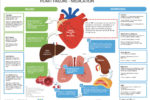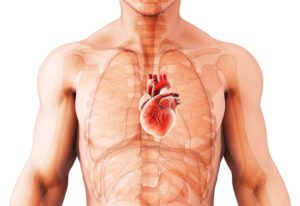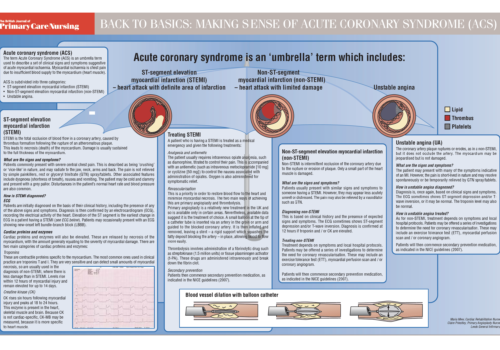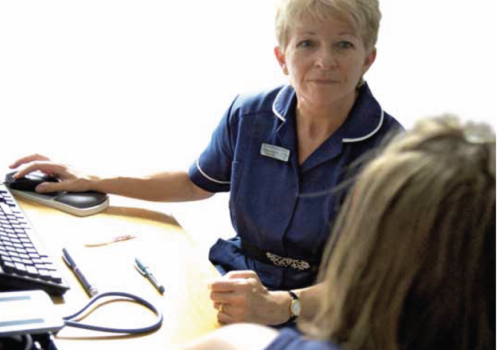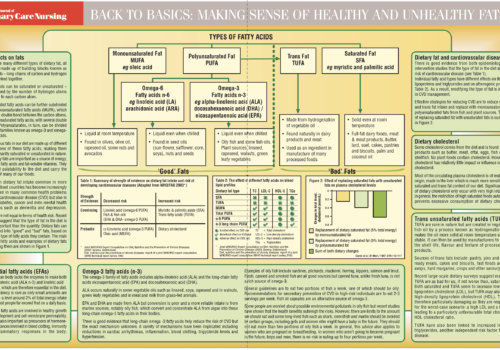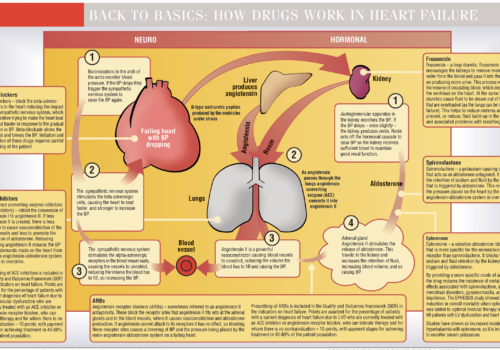“To be alive at all involves some risk.” Wise words from a former prime minister, Harold McMillan. In terms of preventing cardiovascular disease (CVD), we recognise that everyone who is still breathing is at some risk, but we calculate their risk of a cardiovascular event to assess what preventive action is warranted. New approaches developed for the UK look set to Jan Procter-King make our risk estimates more accurate.
